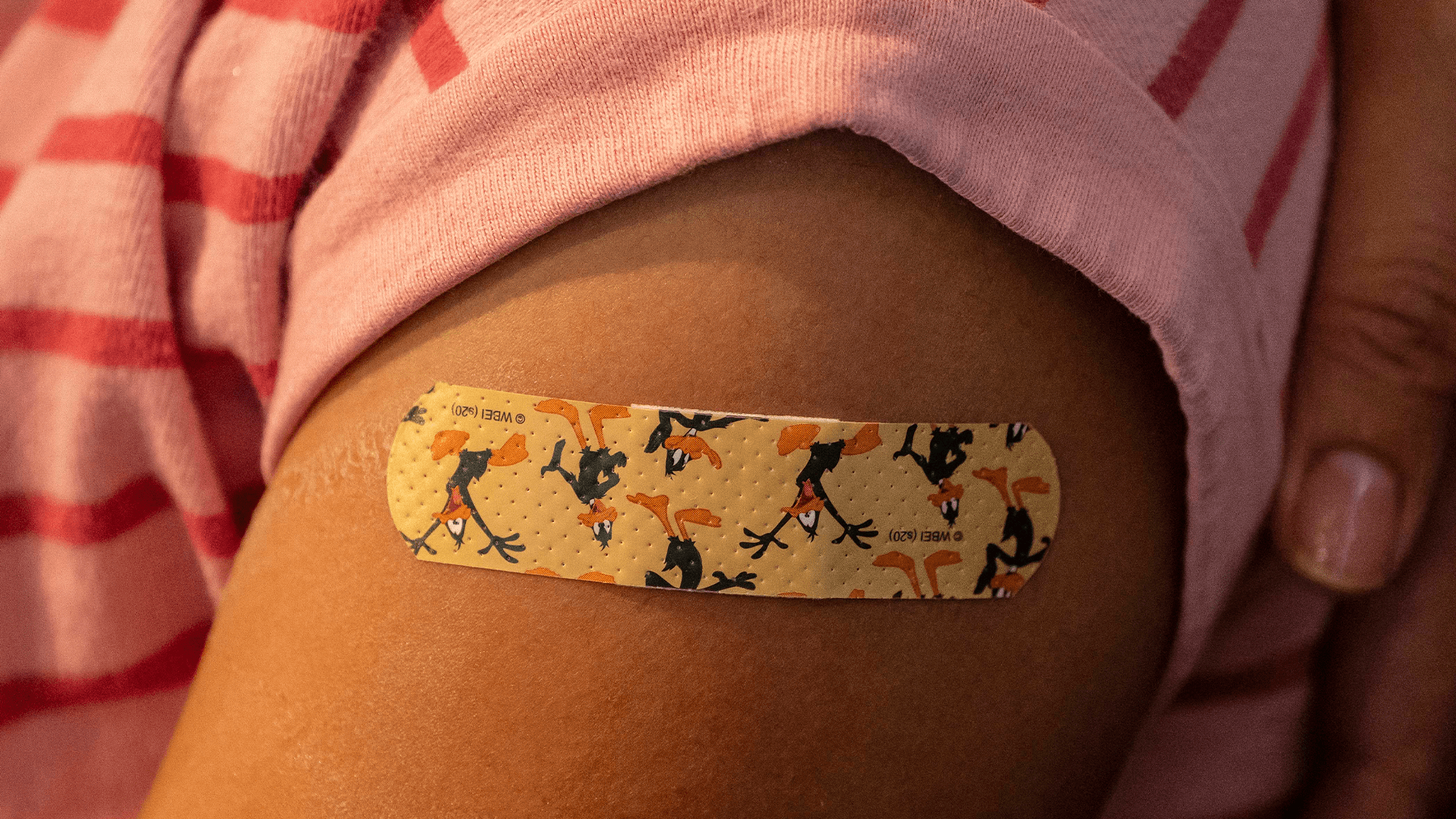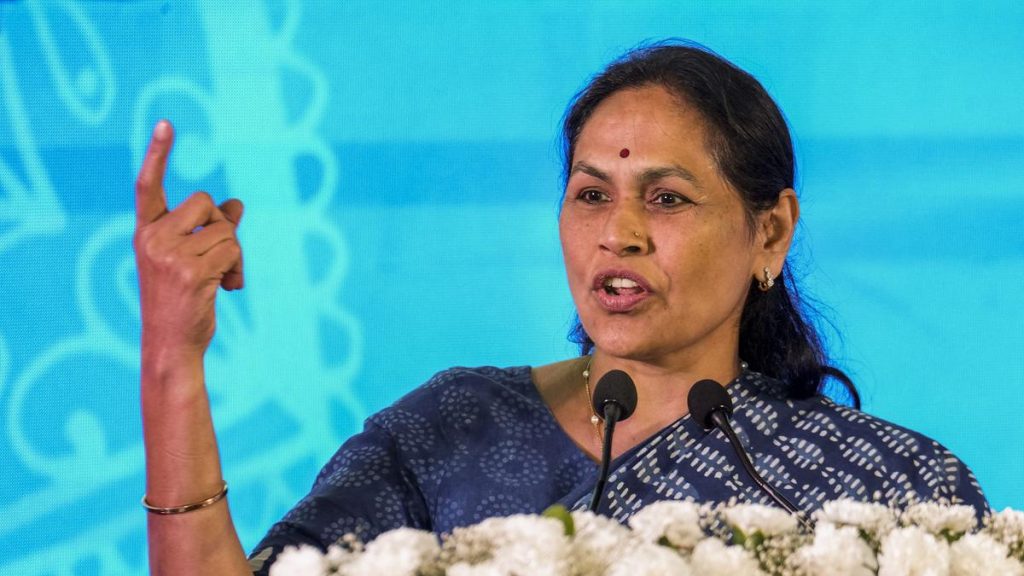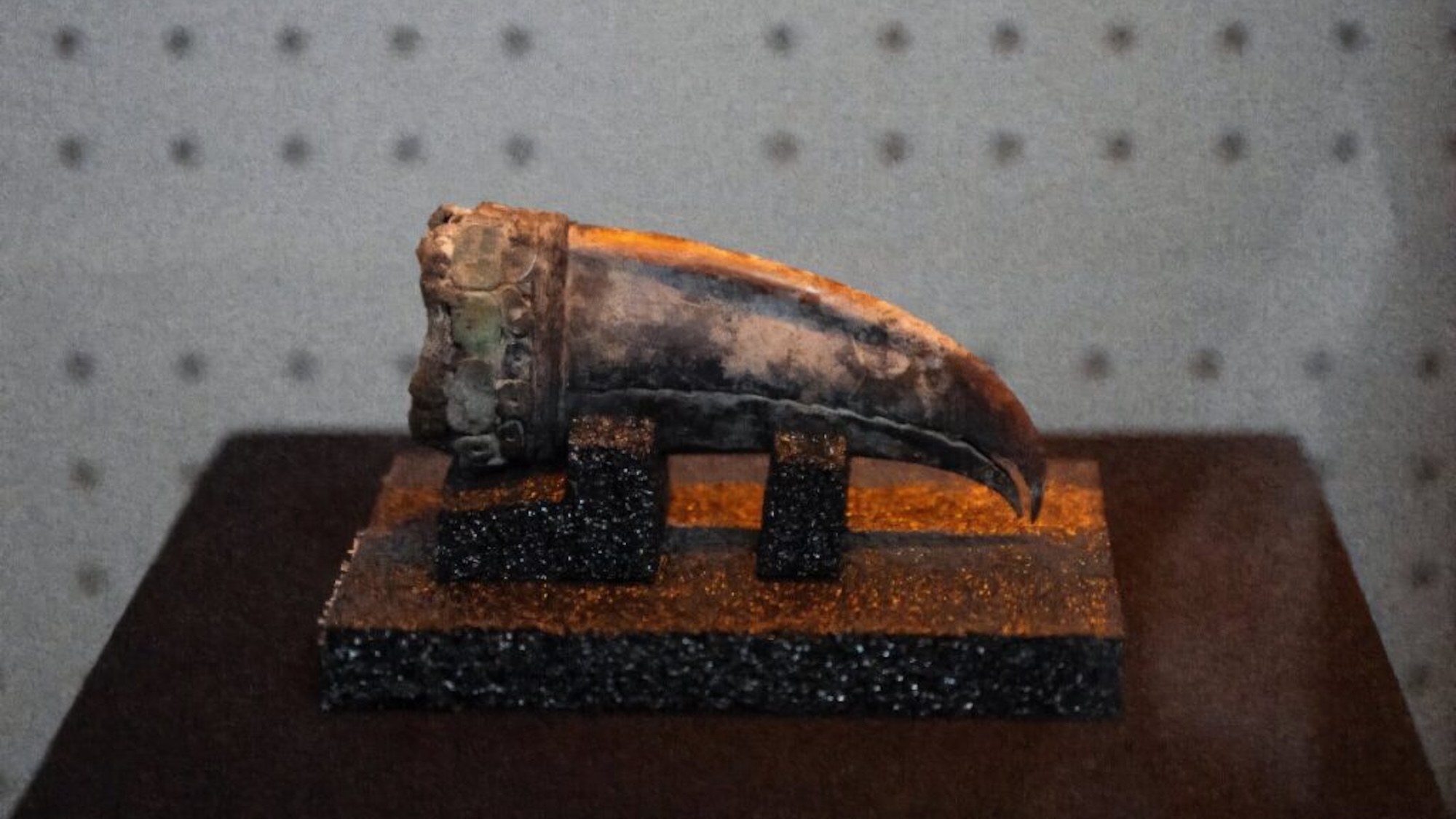Now Reading: Using the Same Arm for Vaccines Could Enhance Immune Response
-
01
Using the Same Arm for Vaccines Could Enhance Immune Response
Using the Same Arm for Vaccines Could Enhance Immune Response

Quick Summary
- A study published in Cell on April 28 explores the impact of vaccine injection site consistency on immune response.
- Researchers from Australia suggest that receiving booster doses in the same arm as initial vaccine shots enhances early immune system activation, notably through memory B cells and macrophages interactions.
- The research involved mice and 30 human participants who received Pfizer-BioNTech COVID-19 mRNA vaccines. those using the same arm for both doses showed faster antibody production against Delta and Omicron variants within one week, while long-term protection between groups remained similar after four weeks.
- Co-author Mee Ling Munier highlighted potential population-level benefits during pandemics where rapid early protection could aid herd immunity efforts.
- Future studies aim to refine vaccine strategies, reducing boosters by leveraging macrophage-memory B cell dynamics for enhanced efficacy.
!Memory B cells (red) interacting with macrophages (white) inside a lymph node (blue)
Indian Opinion Analysis
The findings from this study hold relevant insights for India’s large-scale vaccination programs during public health crises like COVID-19 or other communicable diseases requiring mass immunization strategies. While logistical challenges of ensuring same-arm vaccinations across diverse populations exist, this research highlights the importance of optimizing protocols to achieve quicker immunity boosts in critical phases such as outbreaks or viral mutations.
Importantly, given India’s scale-both geographic and demographic-the potential benefits of refining guidelines based on science-backed strategies like this could considerably accelerate herd immunity outcomes during pandemics where timing is crucial. Furthermore, these insights could inform next-generation vaccines tailored primarily for fewer booster requirements while keeping implementation efficient across rural and urban healthcare networks.























